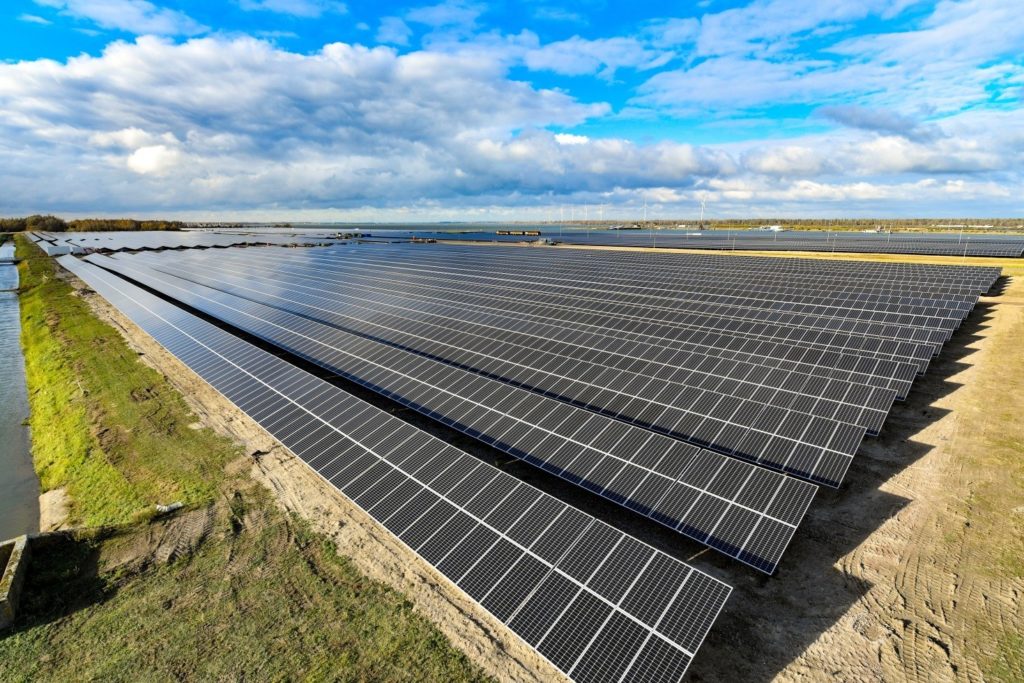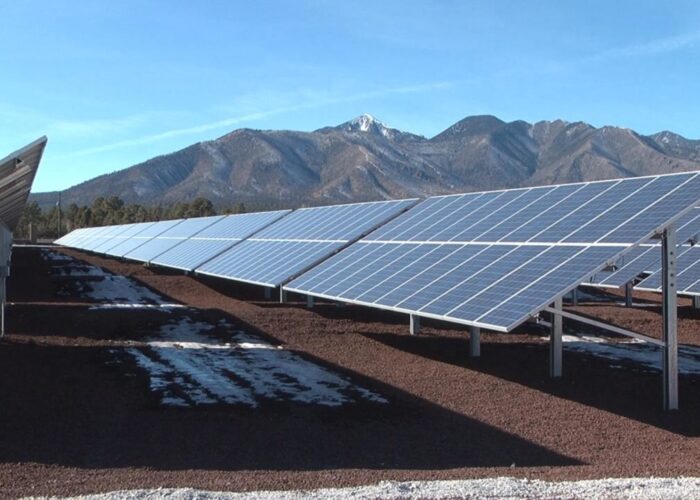
Climate campaigners and Europe’s solar sector are urging the European Union (EU) to increase its renewable energy targets ahead of announcements tomorrow (14 July) detailing how the bloc will reach its new emissions reduction goal.
The ‘Fit for 55’ package will include 12 policy proposals that aim to align the EU’s climate and energy legislation with its ambition of slashing emissions 55% by 2030 compared to 1990 levels as it bids to reach net zero by 2050.
Unlock unlimited access for 12 whole months of distinctive global analysis
Photovoltaics International is now included.
- Regular insight and analysis of the industry’s biggest developments
- In-depth interviews with the industry’s leading figures
- Unlimited digital access to the PV Tech Power journal catalogue
- Unlimited digital access to the Photovoltaics International journal catalogue
- Access to more than 1,000 technical papers
- Discounts on Solar Media’s portfolio of events, in-person and virtual
Changes are set to be made to the EU’s Renewable Energy Directive, which currently aims for 32% renewables in Europe’s energy mix by 2030. While it is expected that the bloc will increase this target to 38-40%, trade body SolarPower Europe (SPE) is calling for at least 45%, which it believes will put the continent on track to deliver on the 1.5° Paris Agreement scenario.
SPE said the 45% renewables ambition “would provide the policy and investor confidence to drive the needed increase in the deployment of additional capacity”.
The knock-on effect on solar PV deployment is significant: under a 40% target, SPE would expect a total of 660GW of solar deployed across the EU; with a 45% goal, it would expect 870GW.
“What we see is that these incremental increases in ambition lead to very large increases in the potential deployment by 2030, and obviously the electricity that is generated, the jobs that are created and the support to the local European industry that goes hand in hand with it,” Miguel Herrero Cangas, SPE policy advisor, told PV Tech.
Driven by the cost-competitiveness of PV, SPE believes the EU is likely to overachieve its current solar ambitions that are included in member states’ national energy and climate plans (NECPs). The association’s medium scenario projects that 588GW of solar capacity will be deployed by 2030, which is 75% higher than the current solar capacity foreseen in all NECPs combined.
Meanwhile, Climate Action Network Europe is calling for the EU to increase the share of renewable energy in final energy consumption to at least 50% by 2030. While the climate campaign group has welcomed the bloc’s enhanced 55% emissions reduction target, it is pushing for emissions reduction of at least 65% by 2030. “Only such a substantial cut will represent the EU’s fair contribution to achieving the Paris Agreement goal,” the group said.
Among the other policy proposals put forward by SPE include a revision of the Energy Efficiency Directive to promote energy system efficiency by accelerating renewable-based electrification of energy supply and demand. It is also calling for changes to the Emissions Trading System Directive to drive a higher carbon price in the electricity sector, which would accelerate the clean energy transition. Click here to see SPE’s full position paper.







